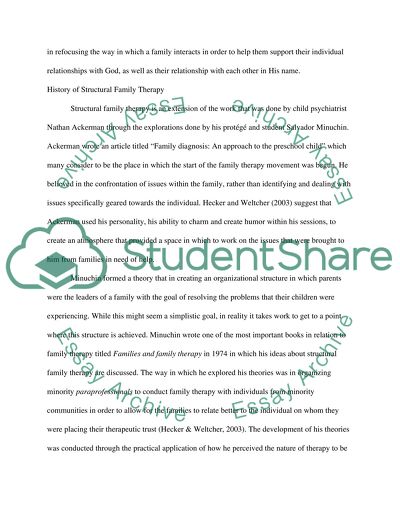Cite this document
(“Structural Family Therapy Research Paper Example | Topics and Well Written Essays - 2000 words”, n.d.)
Retrieved de https://studentshare.org/psychology/1427637-structural-family-therapy
Retrieved de https://studentshare.org/psychology/1427637-structural-family-therapy
(Structural Family Therapy Research Paper Example | Topics and Well Written Essays - 2000 Words)
https://studentshare.org/psychology/1427637-structural-family-therapy.
https://studentshare.org/psychology/1427637-structural-family-therapy.
“Structural Family Therapy Research Paper Example | Topics and Well Written Essays - 2000 Words”, n.d. https://studentshare.org/psychology/1427637-structural-family-therapy.


